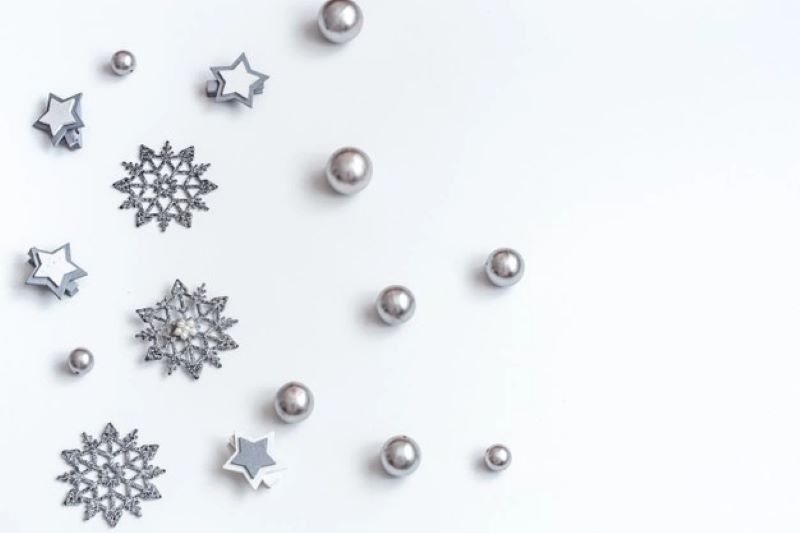
It takes just a few minutes to fix tree problems. Whether it’s unlit or a pre-lit Christmas tree, you only need tips like this to get right on the track.
Tips for safe storage of pre-lit Christmas trees
Tree problems won’t occur if light strings stay lit. And in most cases, you’re likely to face a challenge when your tree is being assembled. But then, one method for troubleshooting is to test the light strings to identify the faulty bulb, or simply install new, working light strings.
You would hardly see trees arrive as they are painted on the internet. Most times, the “fluffing” process gives each tree its own sleek, unique shape, and it’s best to add the next section of the tree just after the lowest section is shaped.
The result, of course, is each inner tip can be lifted up and out, and lower branches can also be lifted—since they’re often expandable.
The branches themselves can be lifted or moved, and the tips of the branches can be lifted as well.
If desired, tree tips can be angled downward or left straight. And lights should be plugged in before each section is fluffed.
If you spend an excessive amount of time trying to cram your fluffed Christmas tree into the original box that’s been taped severally, only to have pieces break out of the sides, then you’re simple wrestling.
The more you store your tree correctly, the longer your tree will stay full and beautiful. Besides, you can bypass the hassle that comes with re-packing your smashed-up tree the next year. A properly-sized bag is the very best way to store a tree.
You can avoid bends, deformities, and damage to your tree’s delicate lights, lights wires, and connectors with tree storage bags.